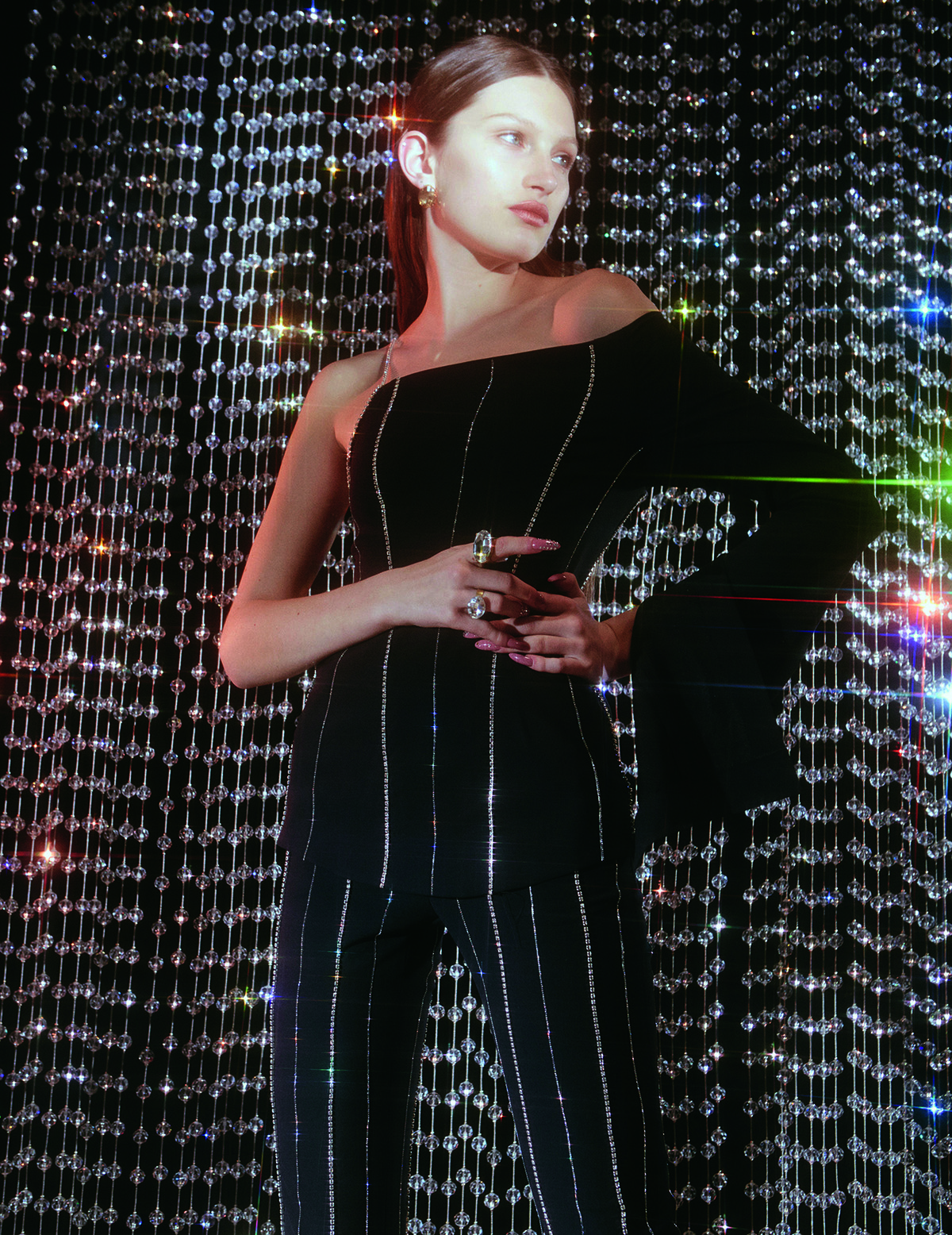
A look from Area’s AW16 collection, incorporating an official collaboration with Swarovski. © Swarovski Corporate Archive
Austrian crystal-maker Swarovski celebrates its 125th anniversary this year with a new creative director in charge. Operating in sectors from infrastructure to telescopes, it is most famous for its crystal figures and collaborations with the entertainment and fashion industries. Ahead of a landmark book being published about the company, Harriet Quick explores a family-owned firm getting ready for the next 125 years
For a brand bringing sparkle to the world’s performance stage and symbolising the dazzle of fashion to be celebrating its 125th anniversary is some achievement in itself, given the changes in the world of entertainment and style since 1895. To be doing so as a family-owned company, run in part by descendants of the original founder, is even more so. But for Swarovski, provider of crystals and sparkle around the world, there is yet another dazzling fact: the company has done so not based on the rue Faubourg Saint-Honoré or Milan’s Golden Triangle, but from a small village in the Austrian Alps.
Follow LUX on Instagram: luxthemagazine
The journey has been epic. Today, the company is managed by the fifth generation of its family members. This year, marking its 125th anniversary, has witnessed big changes. On the visual front, Italian-born fashion director and consultant, Giovanna Battaglia Engelbert has joined the company as worldwide creative director. The stores, a feature of cities and airports around the world, are scheduled for a sweeping revamp.
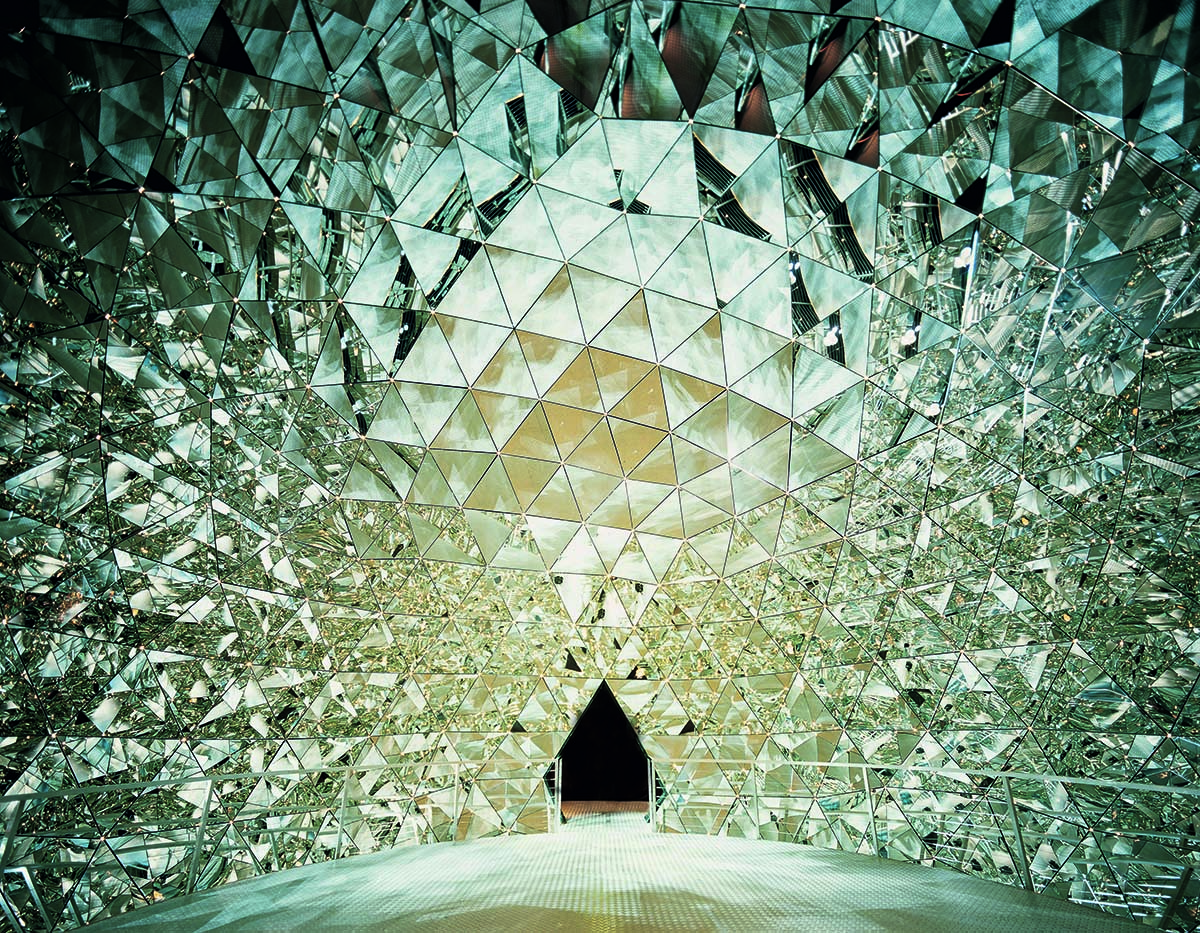
The Crystal Dome at Swarovski Crystal Worlds in Wattens, Austria. © Swarovski Corporate Archive
The brand’s history is as varied as the topography of the Austrian Tyrol where Daniel Swarovski set up his manufacturing plant in the town of Wattens to benefit from the abundant water source that powered the hydroelectric cutting machines. The mountains and valleys of the region are symbolic of the struggles and triumphs of a business that has been driven by the continuous merging of technology, nature and innovative design. There is a generous sprinkling of magic, too. It is embedded in the multifaceted crystals that never fail to arouse awe and around which there has been ample myth-making.
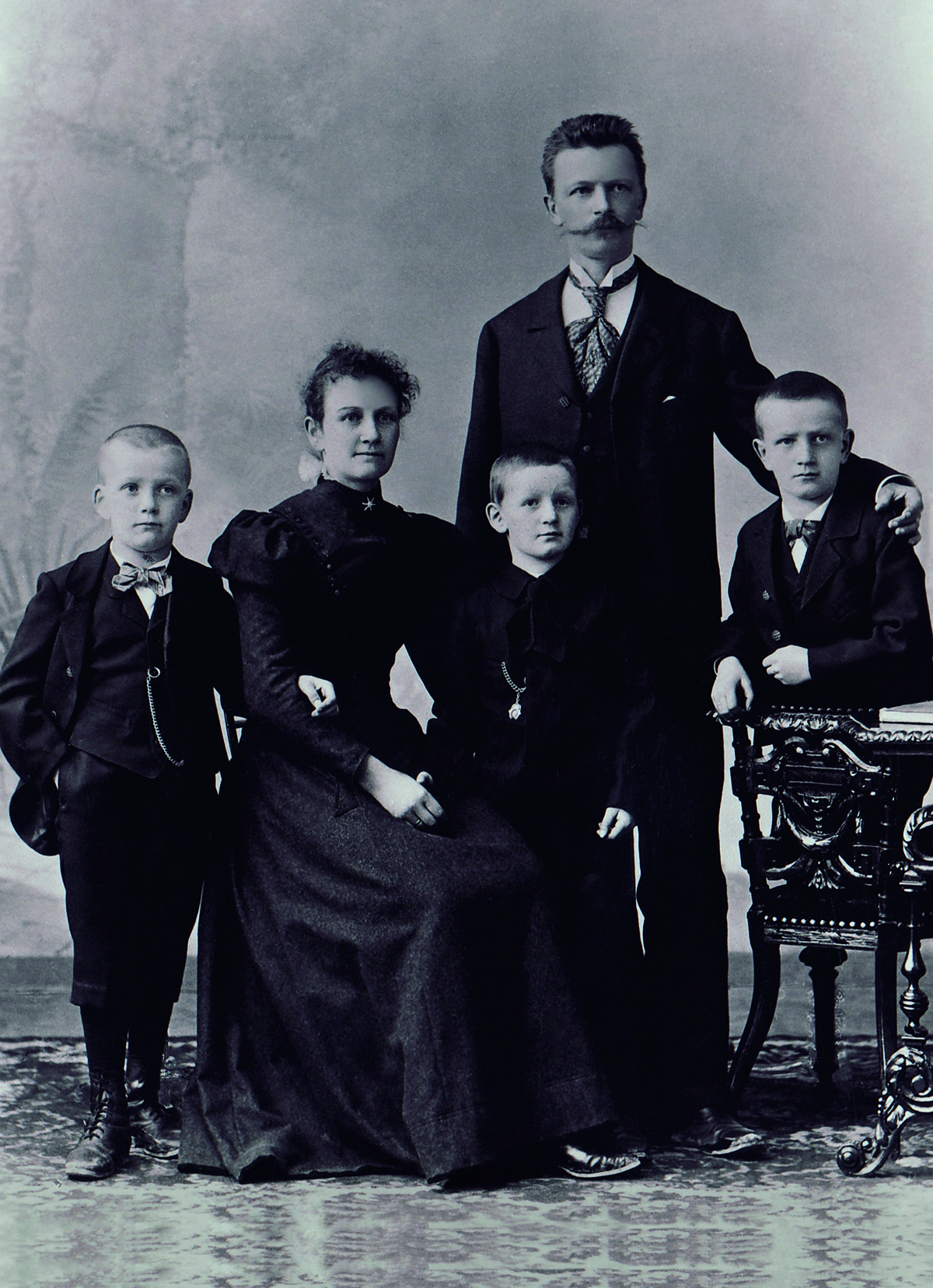
Daniel Swarovski with his family, c. 1890. © Swarovski Corporate Archive
Before the global pandemic, Swarovski’s annual turnover was recorded at 2.7 billion euros and that comprises revenues from its high-end fine jewellery creations, the crystal stones deployed by a whole array of creative minds, including costume designers, chandelier makers and architects, and optics. The lion’s share (75 per cent of the revenue) is generated by fashion jewellery, sunglasses, watches, perfume and the much-adored crystal figurines. The quality of the crystals that are prototyped at Manufaktur, the striking in-house laboratory in Wattens designed by architectural firm Snøhetta, is unparalleled.
Read more: How Andermatt Swiss Alps is drawing a new generation of visitors
The company’s extraordinary creative output has also been bolstered by a roster of collaborators from the fields or architecture, design, fashion, film and stage who have continually brought ideas and seemingly impossible challenges to the company, from the mesmerising Aurora Borealis crystal that was developed by Manfred Swarovski for Christian Dior to the spectacular costumes made for performers including Maria Callas’s gowns, Liberace’s capes and Lady Gaga’s bespangled Ralph Lauren gown featuring 50,000 stones and worn at her Las Vegas residency in 2019. People come to Swarovski for the spectacular and the sublime, like scenic designer Derek McLane, who used 45 million Swarovski crystals for the 2018 Oscars ceremony, and who commented, “I always want to go beyond the clichés”.
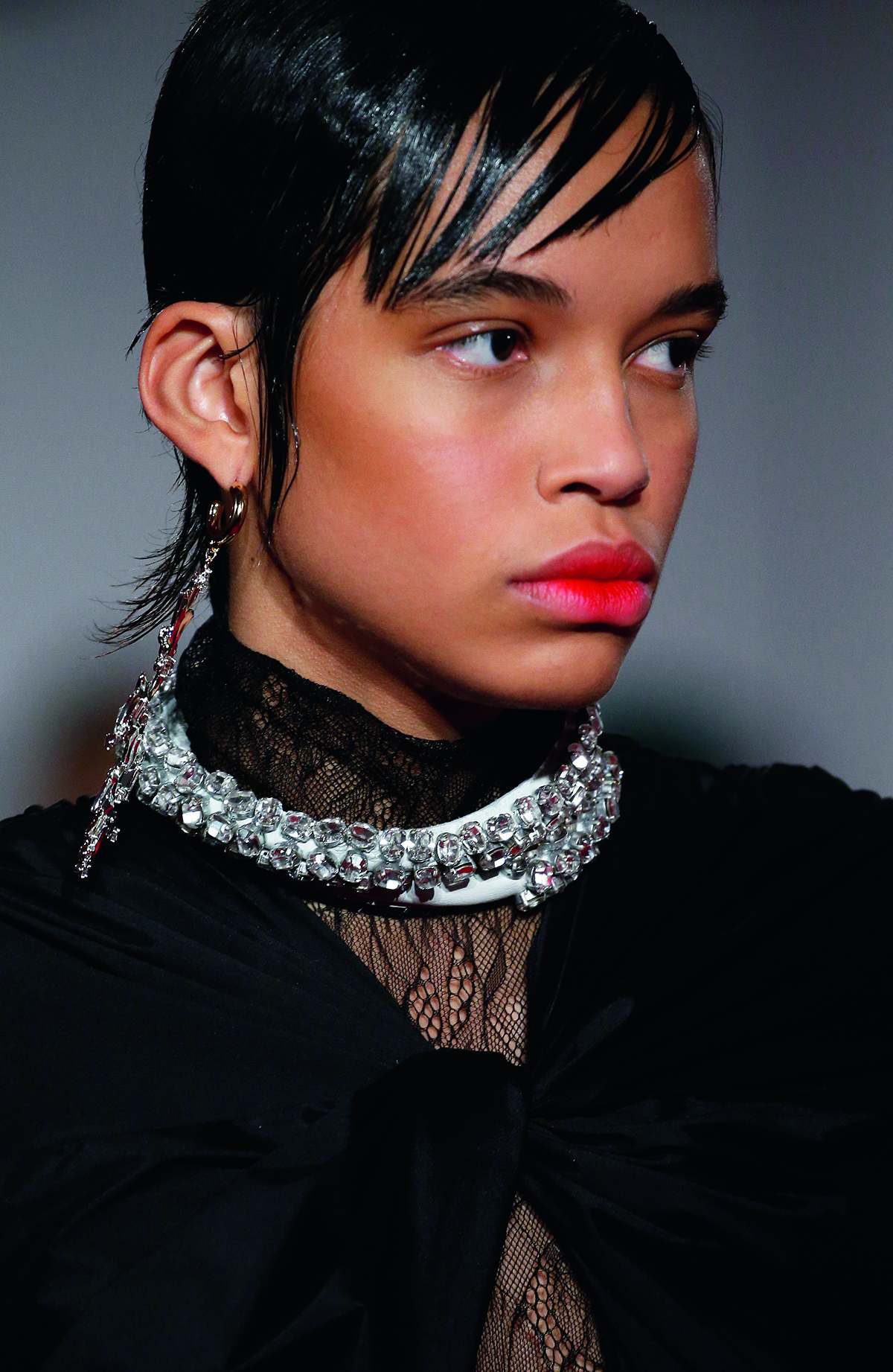
Swarovski crystals in jewellery featuring in 16 Arlington’s AW20 collection. © Dan and Corina Lecca.
From the fields of design, Daniel Libeskind, Tord Boontje, Jaime Hayon and John Pawson are amongst the greats who have transformed crystal into products, architectural features and lighting. Hayon recently designed a full-scale carousel for the Swarovski Crystal Worlds culture park in Wattens. The monochrome attraction rotates in striking juxtaposition with the lush greenery of the garden and shimmers with 15 million Swarovski crystals across 12 ceiling panels and 16 wall panels illuminated by a warm light. “For me, a carousel can be seen as a moving museum,” explains Hayon.
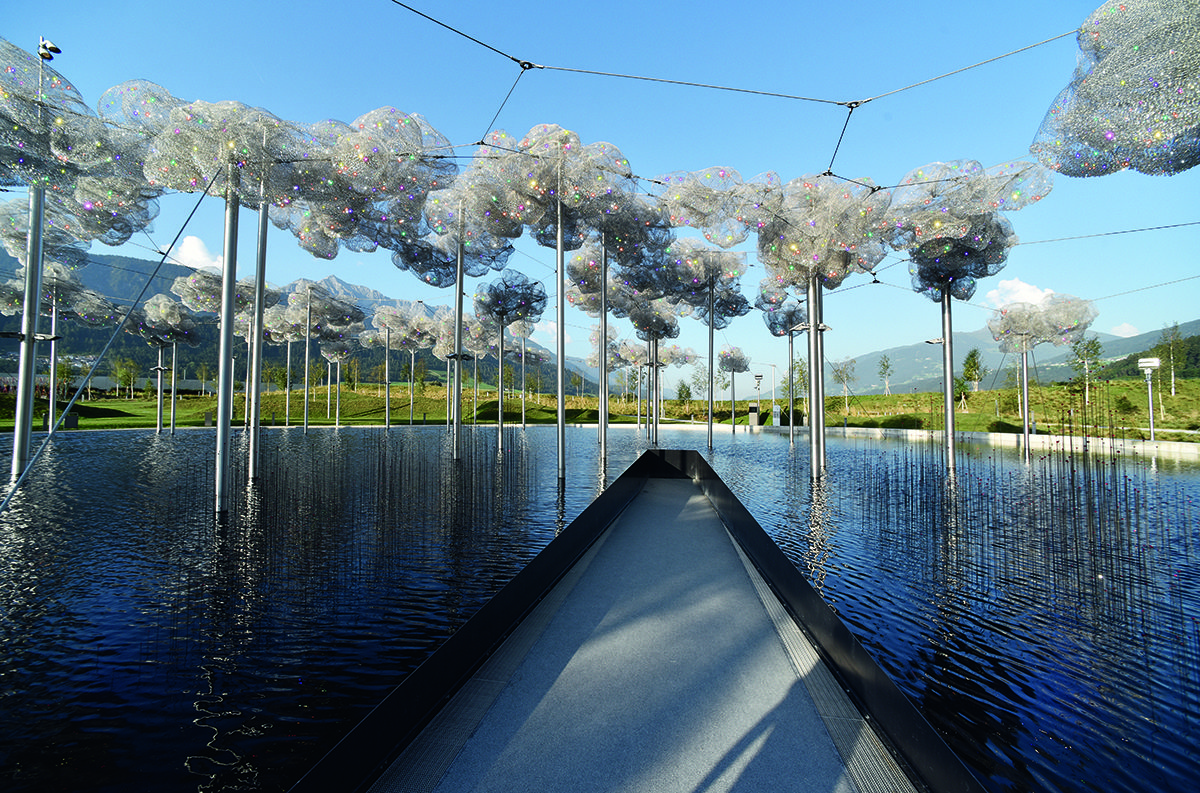
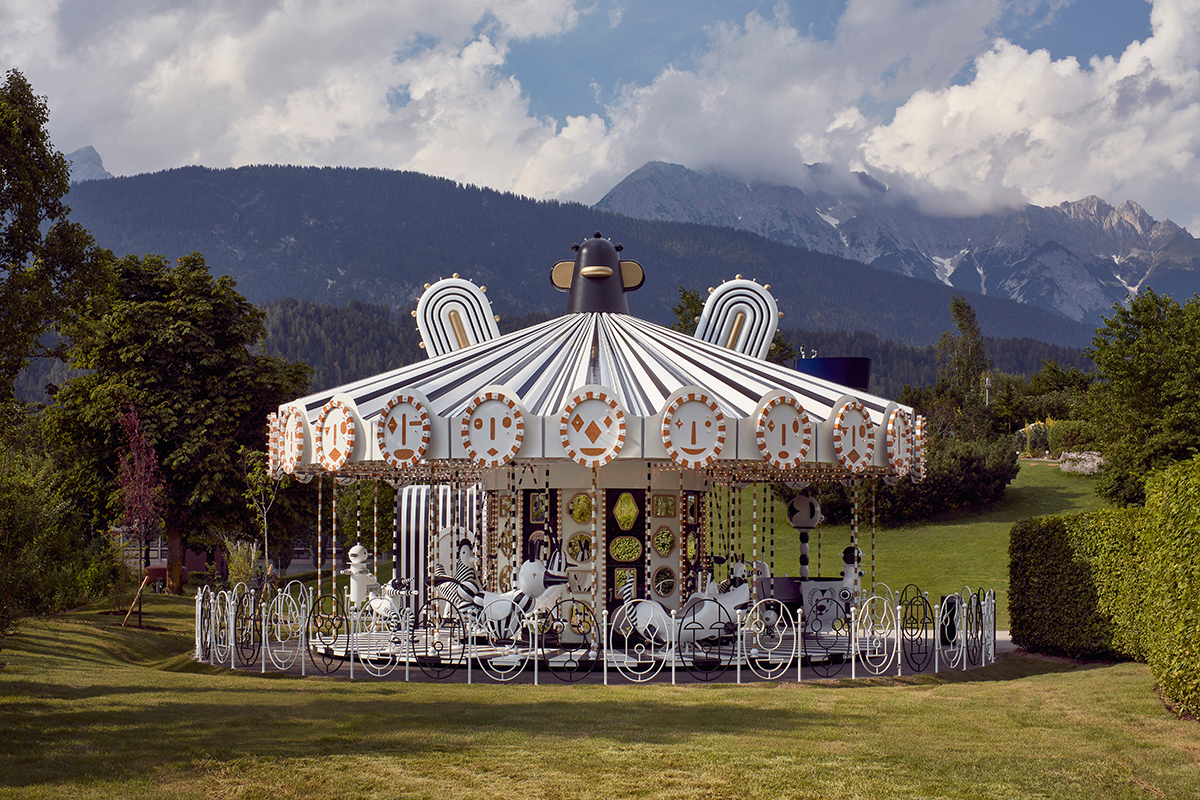
Swarovski Crystal Worlds, with (top) Crystal Cloud by Andy Cao and Xavier Perrot, and (here) the carousel designed by Jaime Hayon © Swarovski Kristallwelten/Mark Cocksedge
Setting a precedent that would inspire future generations, Daniel Swarovski first made his inroads into the worlds of high fashion in Paris. Equipped with suitcases of stones, the founder would take his goods on the road, visiting couturiers including Charles Frederick Worth, Jeanne Lanvin and Jeanne Paquin, as well as the specialist artisan ateliers that supplied Chanel and Schiaparelli with exceptional embroideries, buttons and jewelled adornments. Relationships were forged that outlived the founder and expanded exponentially during the hey-day of couture in the 1950s, attracting Dior, Balmain and Givenchy. “The samples are often the springboard to the creation itself,” remarked Hubert de Givenchy.
Read more: British artist Hugo Wilson on creating art from chaos
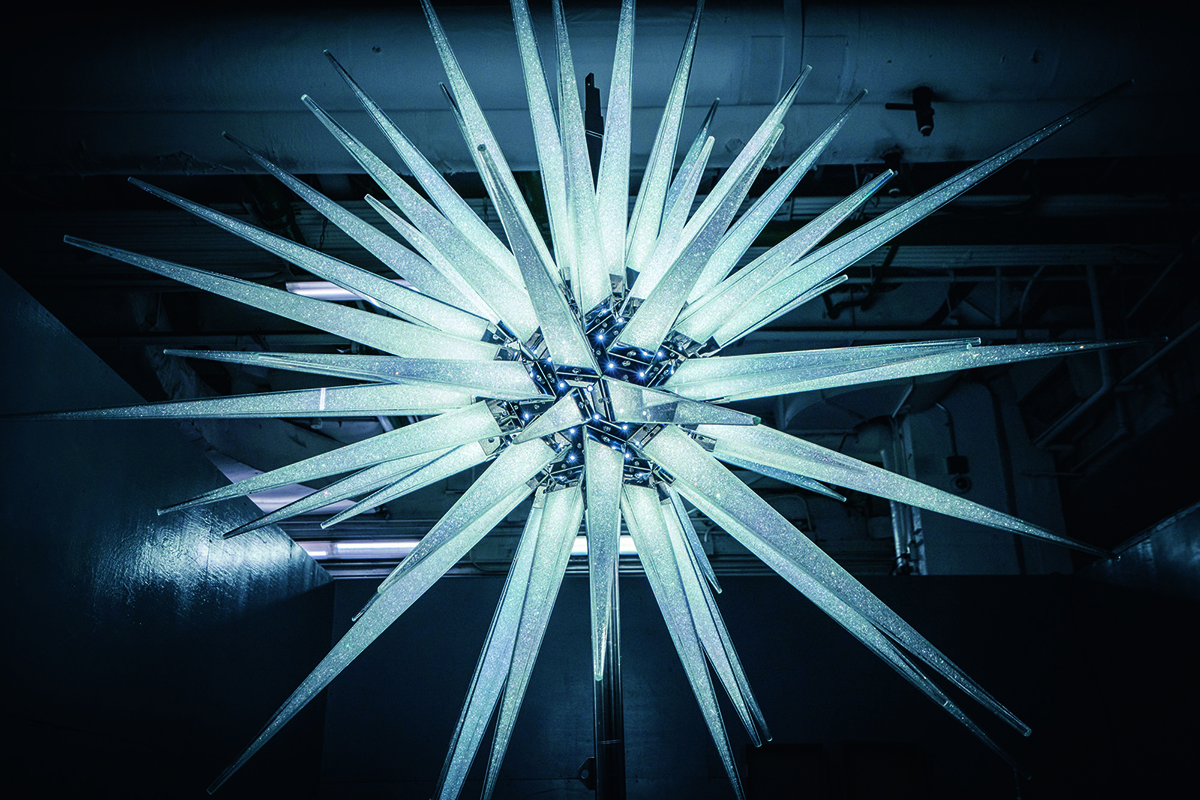
The Swarovski Star by Daniel Libeskind in 2018 for the Rockefeller Center Christmas tree, New York. Image by HappyMonday
Swarovski crystal became a desired material in fashion, adding glamour and value to evening gowns, heels, handbags and costume jewels. It has been endlessly interpreted through the changing waves of minimalism, maximalism, sportswear, theatrical and romantic moods and proved itself a classic. At Versace, Donatella has made crystal chain mail a signature, Miuccia Prada has made sparkle an integral part of her chandelier earrings and party dresses, while at Chanel, crystal is woven into the tweeds and classic costume jewellery.
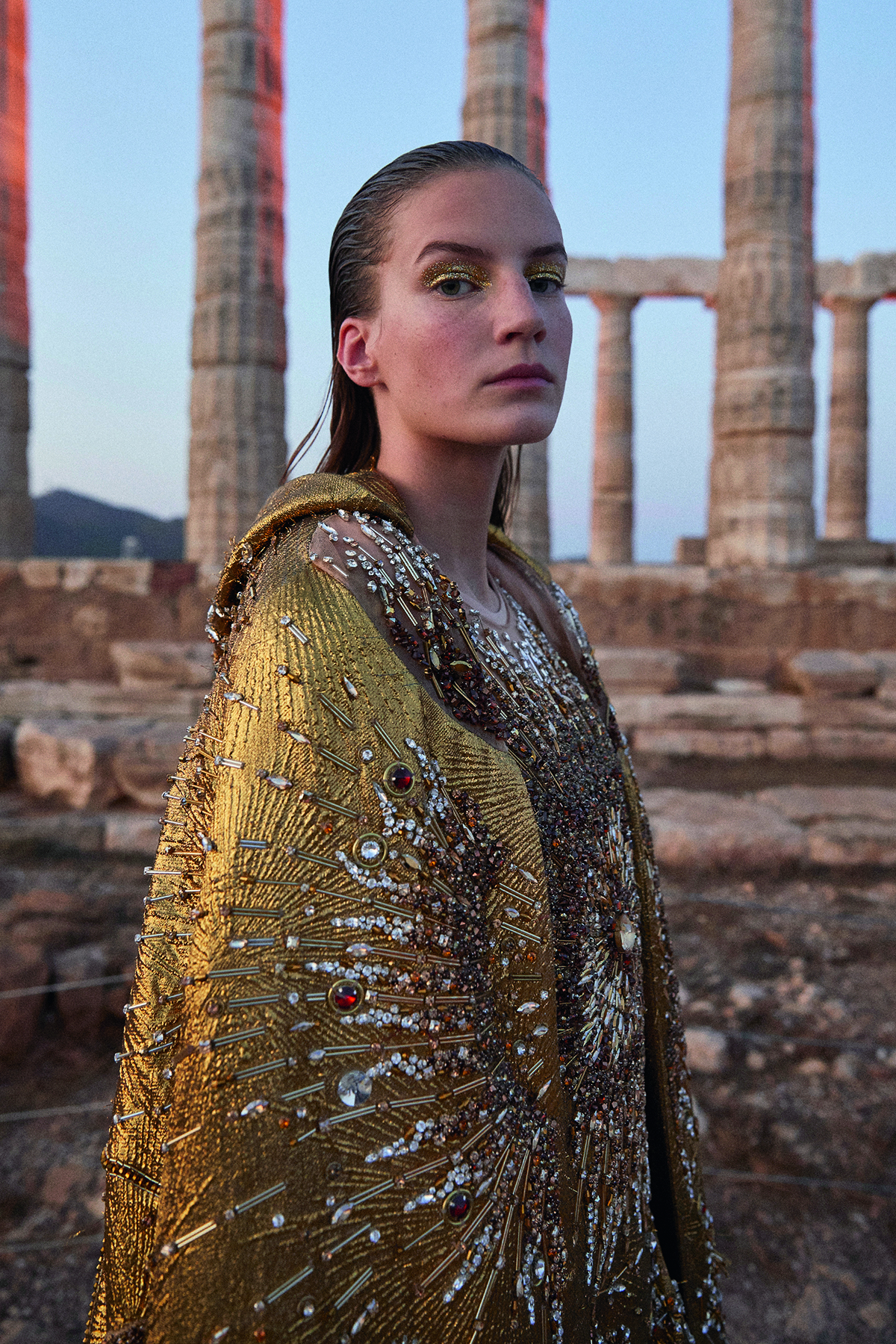
Mary Katrantzou’s SS20 show at the Temple of Poseidon in Greece.
The brand continues to look to the future by investing in new talent and ideas. Sponsorship through the Swarovski Collective programme and graduate award schemes means that emerging creatives are exposed to the potential of the material. Mary Katrantzou, Grace Wales Bonner, Rodarte and Jason Wu are amongst the many who have grown up through the collective. The most famous collaborator is Alexander McQueen, who conjured up brilliant designs fused with narrative richness and theatrical impact. Fittingly, Swarovski was the key sponsor of the record-breaking exhibition ‘Savage Beauty’ (2011) that celebrated his life’s work.
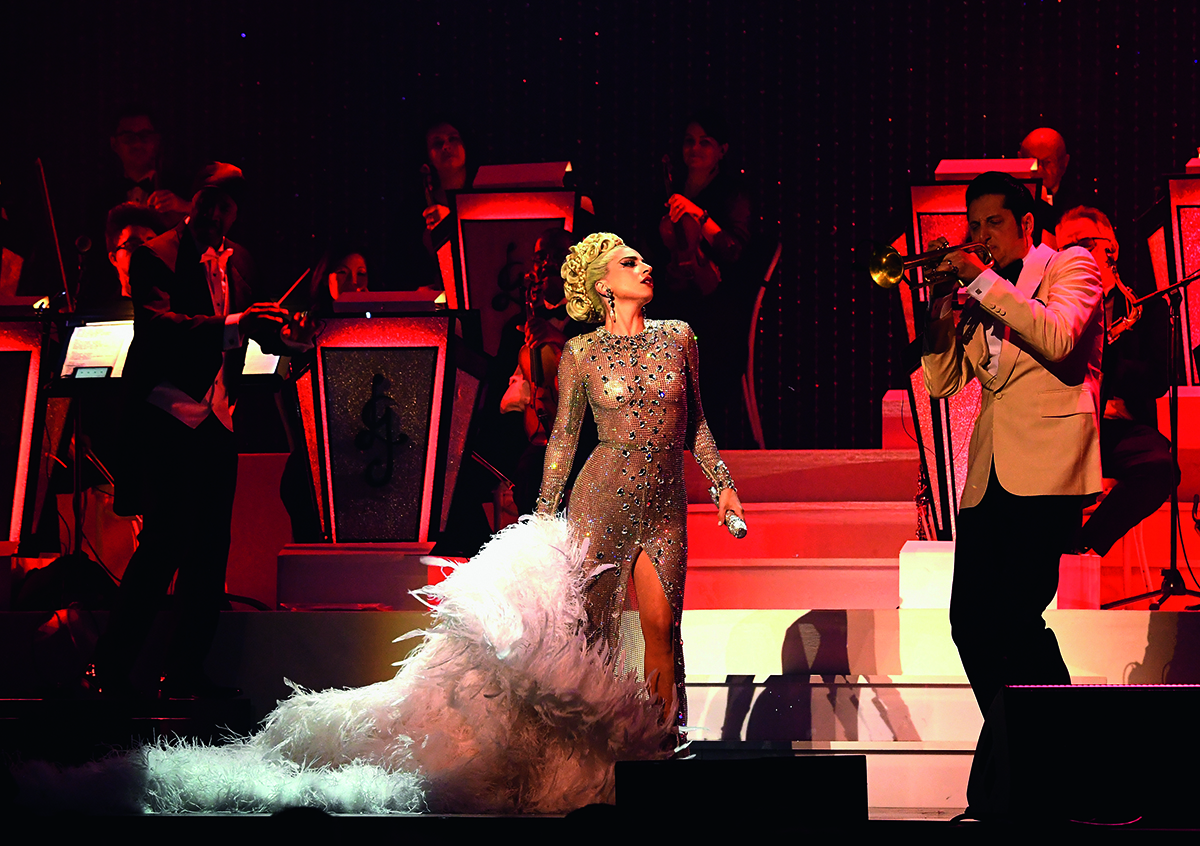
Lady Gaga during her ‘Jazz & Piano’ residency in Las Vegas, 2019. Kevin Mazur/Getty Images for Park MGM Las Vegas.
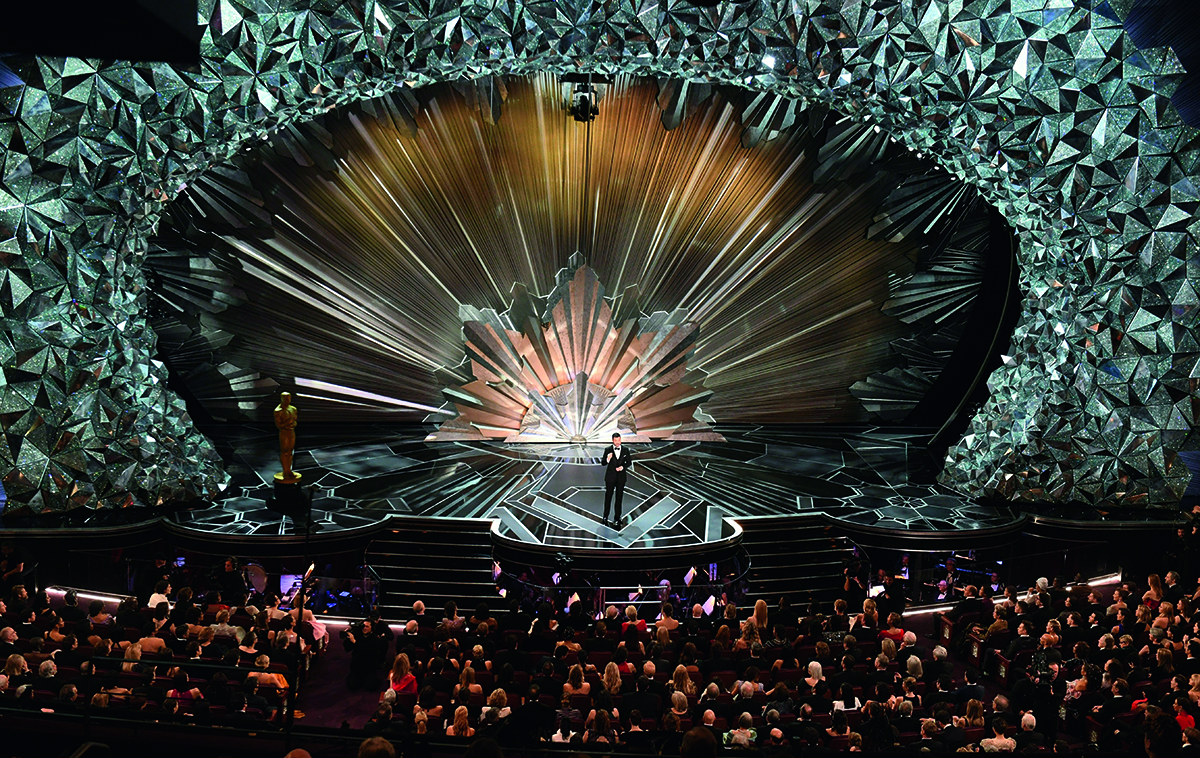
Derek McLane’s design for the Academy Awards stage in 2018, using millions of Swarovski crystals. Mark Ralston/AFP/Getty Images
The relationships are best when they are symbiotic. In 2019, Katrantzou designed her Temple of Poseidon couture collection that was staged as a charitable fundraising event in her native Athens with £40k worth of crystal. “Nadja Swarovski has changed the perception of how crystal is perceived, and I have challenged my own preconceptions of it. With something so visually present, it has to be part of the process from the beginning. We never want it to look like an afterthought,” says Katrantzou.
In turn, creative directors have been invited to Swarovski and been given carte blanche to design jewellery collections and components. The results have given crystal new dimensions. Consider Jean-Paul Gaultier’s Kaputt shiny/matte faceted stones, and the one million giant pearls and stones that embellished Olivier Rousteing’s first couture collection for Balmain in 2019. Challenging perceptions, groundbreaking Dutch couturier Iris van Herpen designed a ‘growing crystal’ that features raw and faceted surfaces.
‘Growing’ Swarovski into a new era is the mission for the family now. An era that is challenging for any consumer-facing business: but any company that has lived through two World Wars and a Great Depression has long-term survival in its genes. Sparkle is guaranteed, but who can say what poignant shapes it might find in the future?
For more information visit: swarovski.com
This article features in the Autumn 2020 Issue, hitting newsstands in October.

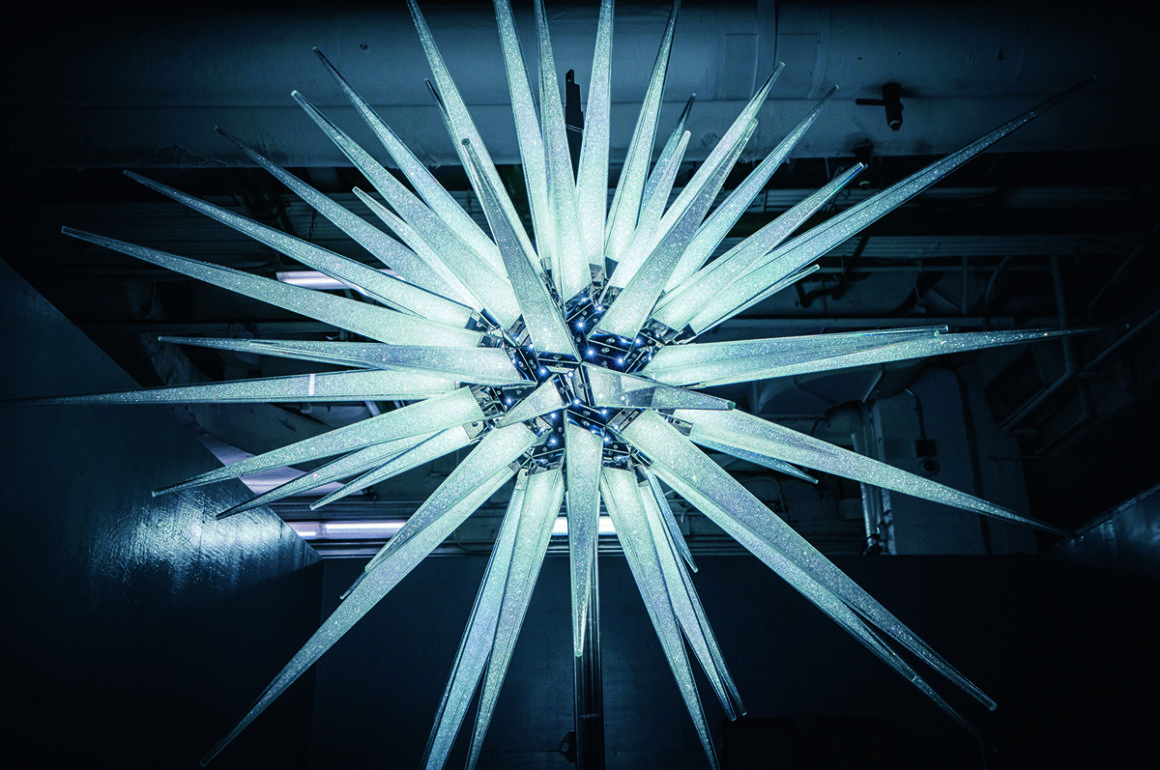





Recent Comments